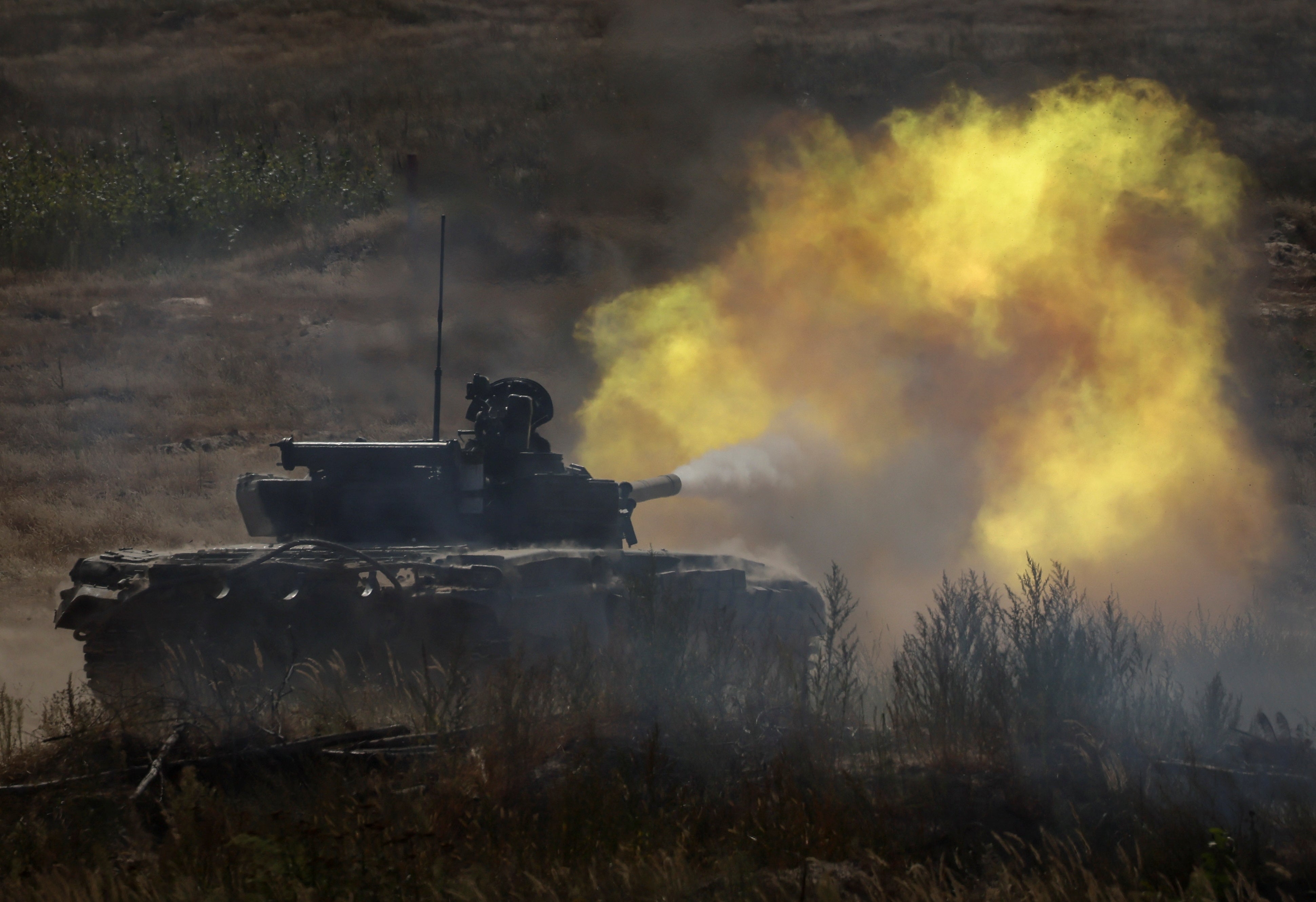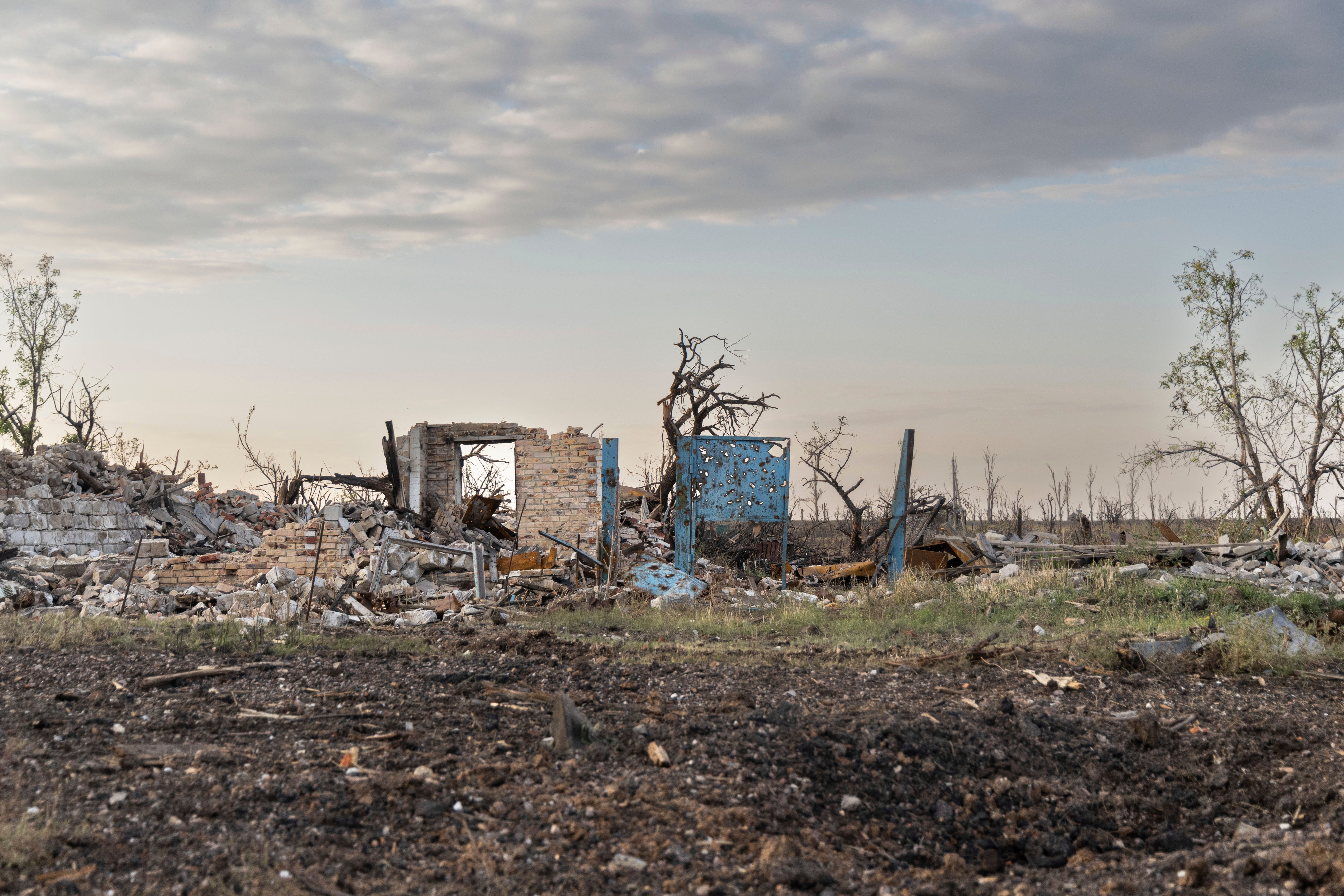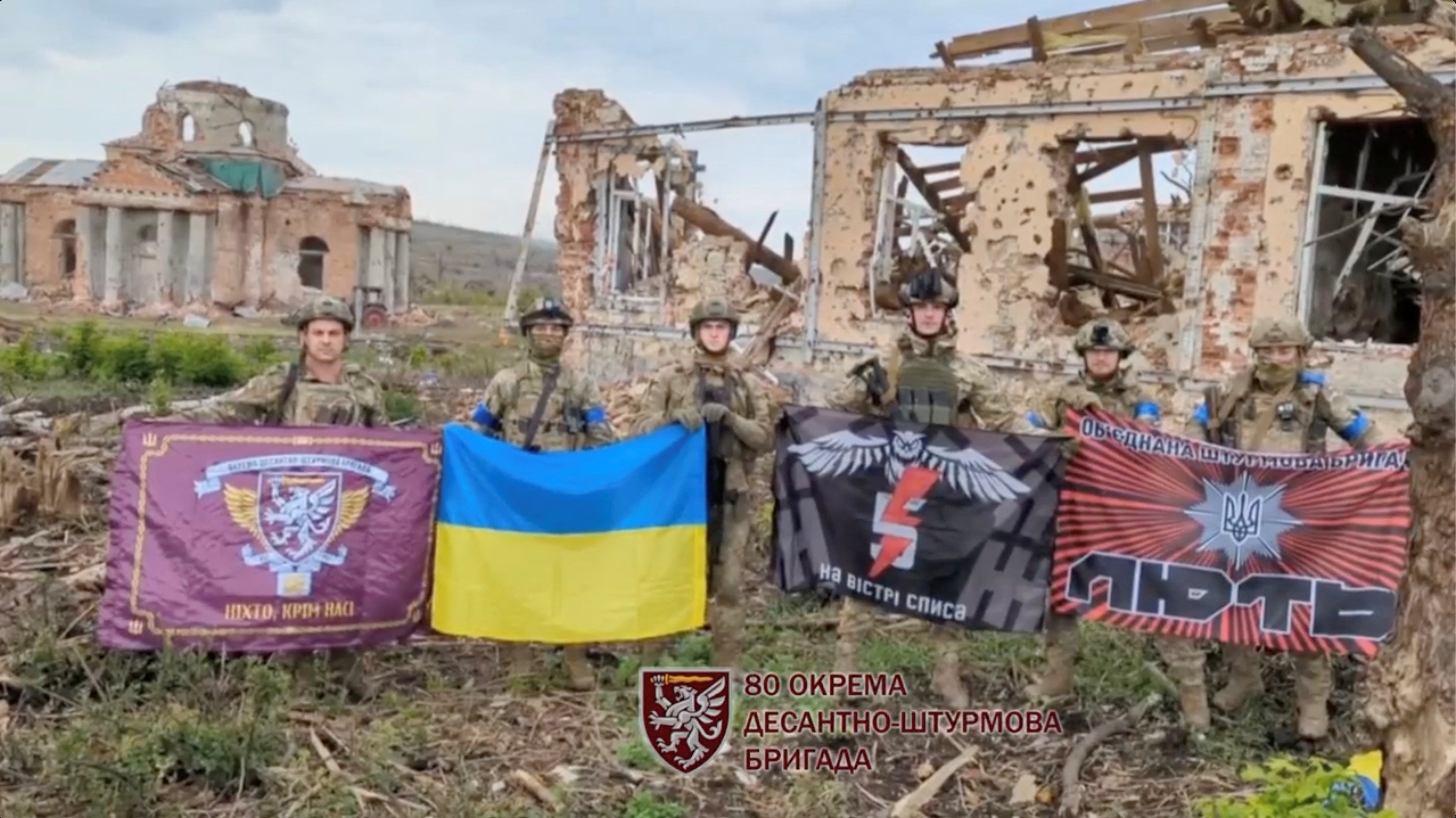Ukraine ‘has one month to hold knife to Crimea’s throat’ and force Putin into peace talks
Ukraine’s ‘window of opportunity’ before Russia gets chance to regroup over winter is closing, experts warn
Your support helps us to tell the story
From reproductive rights to climate change to Big Tech, The Independent is on the ground when the story is developing. Whether it's investigating the financials of Elon Musk's pro-Trump PAC or producing our latest documentary, 'The A Word', which shines a light on the American women fighting for reproductive rights, we know how important it is to parse out the facts from the messaging.
At such a critical moment in US history, we need reporters on the ground. Your donation allows us to keep sending journalists to speak to both sides of the story.
The Independent is trusted by Americans across the entire political spectrum. And unlike many other quality news outlets, we choose not to lock Americans out of our reporting and analysis with paywalls. We believe quality journalism should be available to everyone, paid for by those who can afford it.
Your support makes all the difference.Ukraine has just four weeks to hold a “knife at Crimea‘s throat” and force Vladimir Putin into peace talks before Russia’s army recoups over winter, experts have warned.
Professor Mark Galeotti, academic and author of more than 20 books on Russia, said Volodymyr Zelensky’s troops need to move another 10 miles southwards to be in range of striking key Russian supply routes in Crimea.
He claimed this is the only “serious” chance Ukraine has to force Mr Putin into negotiations before the Russian army has the opportunity to regroup over winter.
“They’ve got about another month of campaign season. But if things slow down, the Russians will use the winter to regroup themselves and the whole thing will start up again in spring,” the professor, who teaches Slavonic and East European Studies at University College London, told The Independent.

“If Ukraine can move another 10 miles southwards, Russian road and rail links used to resupply Crimea will be in range of their artillery.
“The only serious chance Ukraine has of forcing Putin to the negotiating table is by holding a knife at Crimea’s throat. But I think that is going to be next year’s campaign.”

It comes after Mr Zelensky admitted that Ukraine’s counteroffensive was progressing slowly, but insisted that more territory was being reclaimed every day.
“The situation is tough,” he told CBS’s 60 Minutes. “We stopped the Russians in the east and started a counteroffensive. Yes, it is not that fast but we are going forward every day and de-occupying our land.”
Ukrainian generals claimed they had recaptured the eastern villages of Klishchiivka and Andriivka near Bakhmut over the weekend.
Earlier this month, Ukrainian forces also breached Russia’s first line of defence near Zaporizhzhia in the south of the country, taking the village of Robotyne.
This Zaporizhzhia area is a “key” battlefield, as breaking through would allow Ukrainian forces to strike out towards the Sea of Azov, Professor Galeotti said. This would allow Ukrainian forces to disrupt and destroy supply lines linking Rostov-on-Don, in Russia, and the Crimean Peninsula, which was annexed in 2014.
But Dr Marina Miron, a postdoctoral researcher at King’s College London war studies department, it was “very unlikely” there would be a major breakthrough for Ukraine this year as its “window of opportunity” was now closing ahead of winter.
“The rain is already starting,” she said. “The weather will get a lot worse.”
Ukraine launched its counter-offensive in June to push Mr Putin’s forces out of land captured by Russia after the invasion began in February 2022, striking along the 600-mile frontline in areas including the Bakhmut, Kharkiv and Zaporizhzhia regions.
But as the offensive slows, it is now “touch and go” as to whether Ukraine can make a “real, pivotal difference” in the war by the end of this year, Dr Miron said.
“The main effort will be to sustain troops throughout the winter. Ukraine will not be in a position to carry on the offensive,” Dr Miron added.

She explained Ukraine had a “heavy logistical” footprint with German Leopard and British Challenger 2 tanks, but they would be harder to use in wetter, muddier conditions, to assist a full breakthrough.
“They’re just not designed for those types of terrains,” she said. “They would risk losing more equipment, getting bogged down in winter conditions than waiting it out until getting F-16 fighter jets.”
In August, Denmark promised the delivery of 19 F-16 jets to Ukraine. Six will be delivered by the end of this year, followed by eight in 2024 and five in 2025, according to Danish prime minister Mette Frederiksen.
However, Ukraine admitted it could take up to six months to train its military to use the jets and they would not be in operation this winter.
With fears growing around wavering Western support as the war draws on, Dr Miron said: “Neither side has an infinite supply of money or manpower. But Russia does have time. And that’s what they are betting on.”




Join our commenting forum
Join thought-provoking conversations, follow other Independent readers and see their replies
Comments